Your Arch & Heel Pain Specialist in Hanover, PA
Heel & Arch Care
Welcome to Martin Foot and Ankle's specialized heel and arch care services in South Central Pennsylvania. As the best trained and most experienced practice in the region, our team of board-certified podiatrists is dedicated to providing exceptional care for all your heel and arch concerns.
Our doctors subspecialize in specific conditions and pathologies, ensuring that you receive personalized treatment tailored to your unique needs. Whether you're dealing with plantar fasciitis, heel spurs, flat feet, or other heel and arch issues, trust our experts at Martin Foot and Ankle to deliver targeted care that prioritizes your comfort and mobility.
Don't let foot pain hold you back – take the first step towards healthier heels and arches today by scheduling a consultation with our renowned podiatrists. Experience the difference expert care can make for your foot health journey.
Bone Spurs
Bone spurs, also known as osteophytes, are bony outgrowths that can develop on the heel or arch of the foot, often causing pain and discomfort.
At Martin Foot and Ankle, our specialists approach bone spurs with a variety of treatments, including orthotic devices, physical therapy, anti-inflammatory medications, and in some cases, surgical intervention to address severe cases.
By providing targeted care that focuses on pain relief and improving foot function, we aim to alleviate symptoms associated with bone spurs and enhance your overall mobility.
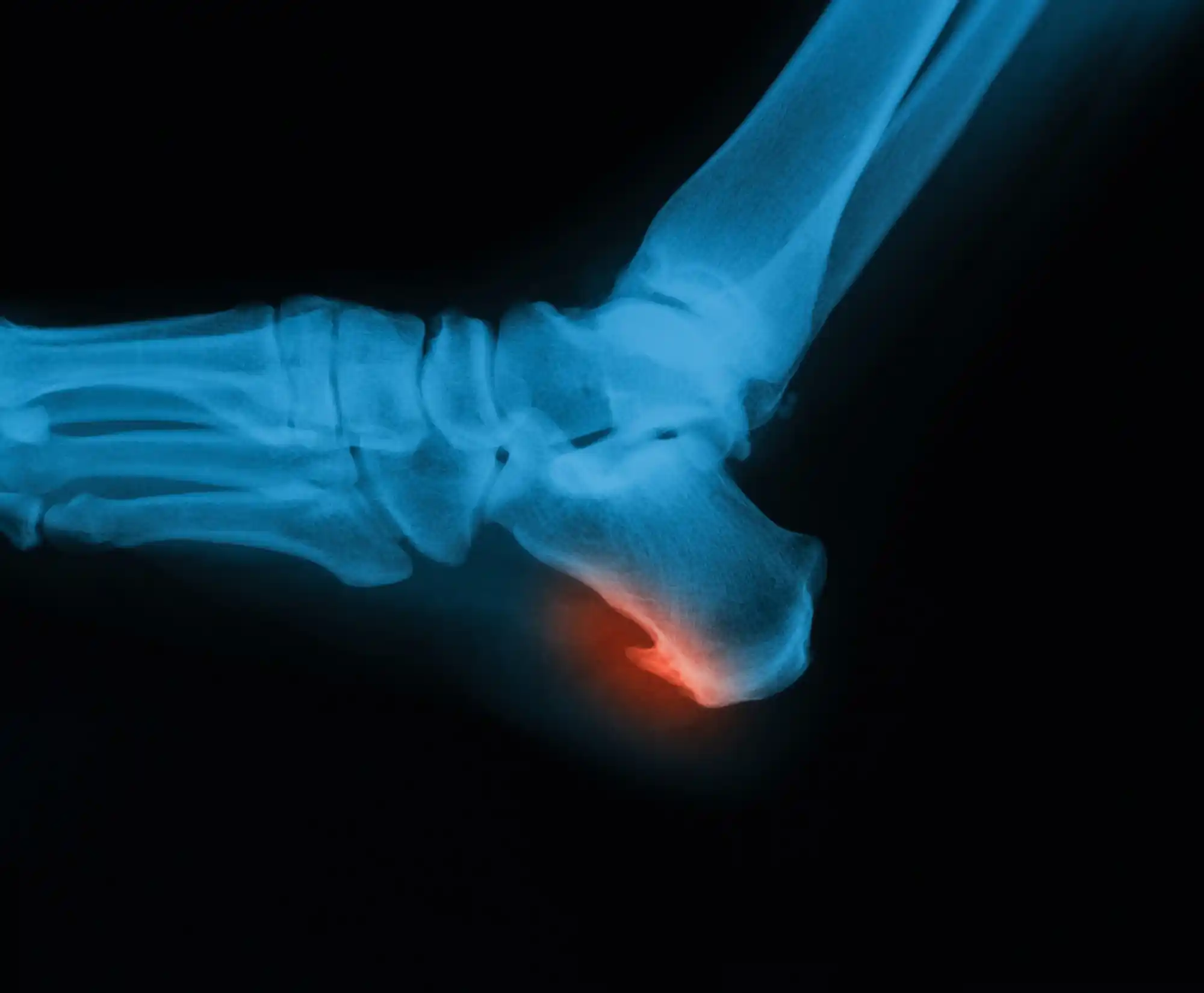
Flat Feet
Flat feet, or fallen arches, occur when the arch of the foot collapses, leading to improper weight distribution and potential foot pain.
Our team at Martin Foot and Ankle offers comprehensive treatment for flat feet, including custom orthotics, exercises to strengthen the arch, supportive footwear recommendations, and in severe cases, surgical options to correct the deformity.
By addressing the underlying causes and providing tailored interventions, we strive to improve foot alignment, reduce discomfort, and restore functionality in individuals with flat feet.
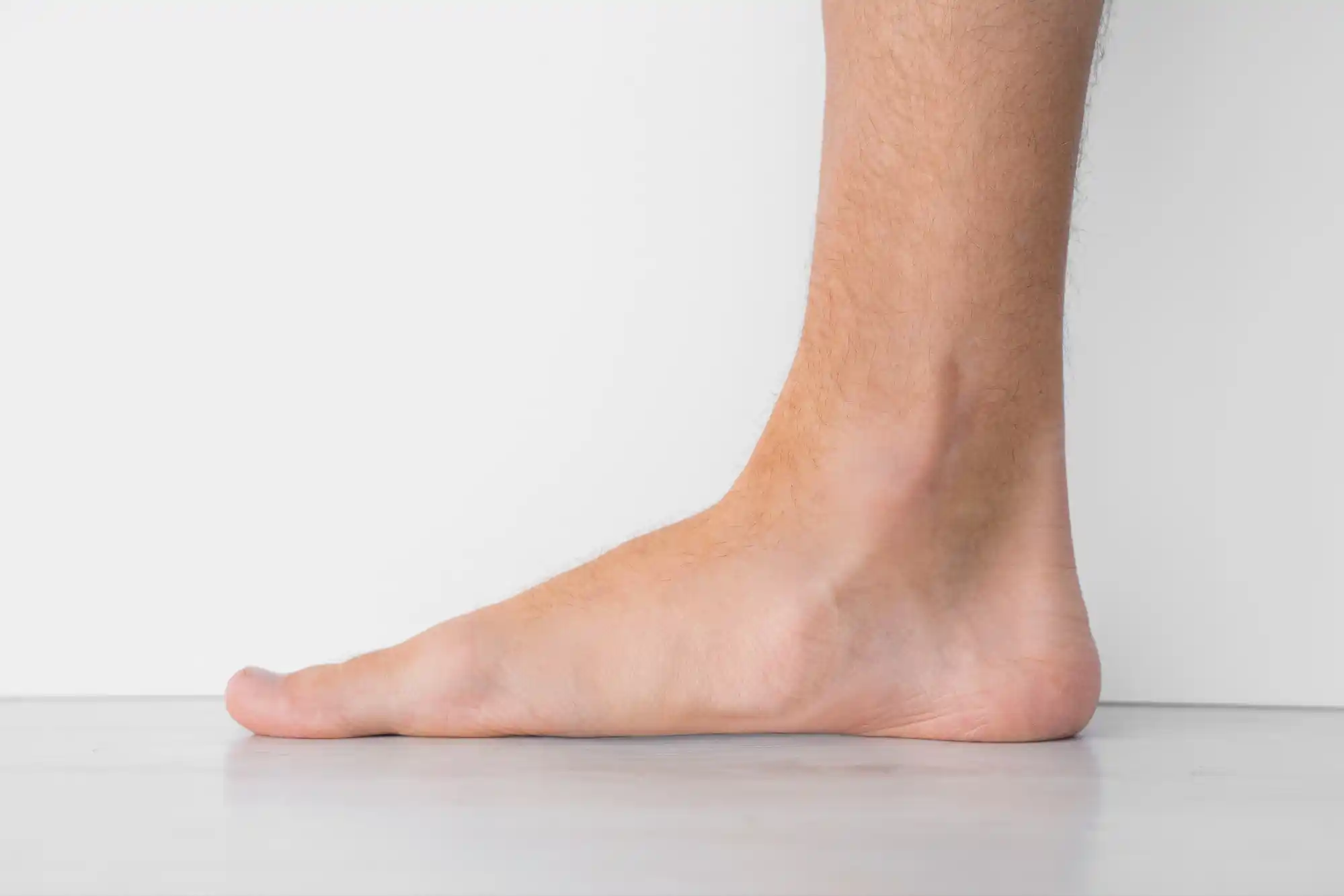
Plantar Fasciitis
Plantar fasciitis is a common foot condition characterized by inflammation of the plantar fascia, resulting in heel pain, especially with the first steps in the morning.
Treatment for plantar fasciitis at Martin Foot and Ankle may include stretching exercises, night splints, orthotic devices, corticosteroid injections, shockwave therapy, and in refractory cases, surgical procedures.
Our goal is to reduce inflammation, alleviate pain, and promote healing of the plantar fascia to help you regain comfort and mobility in your daily activities.
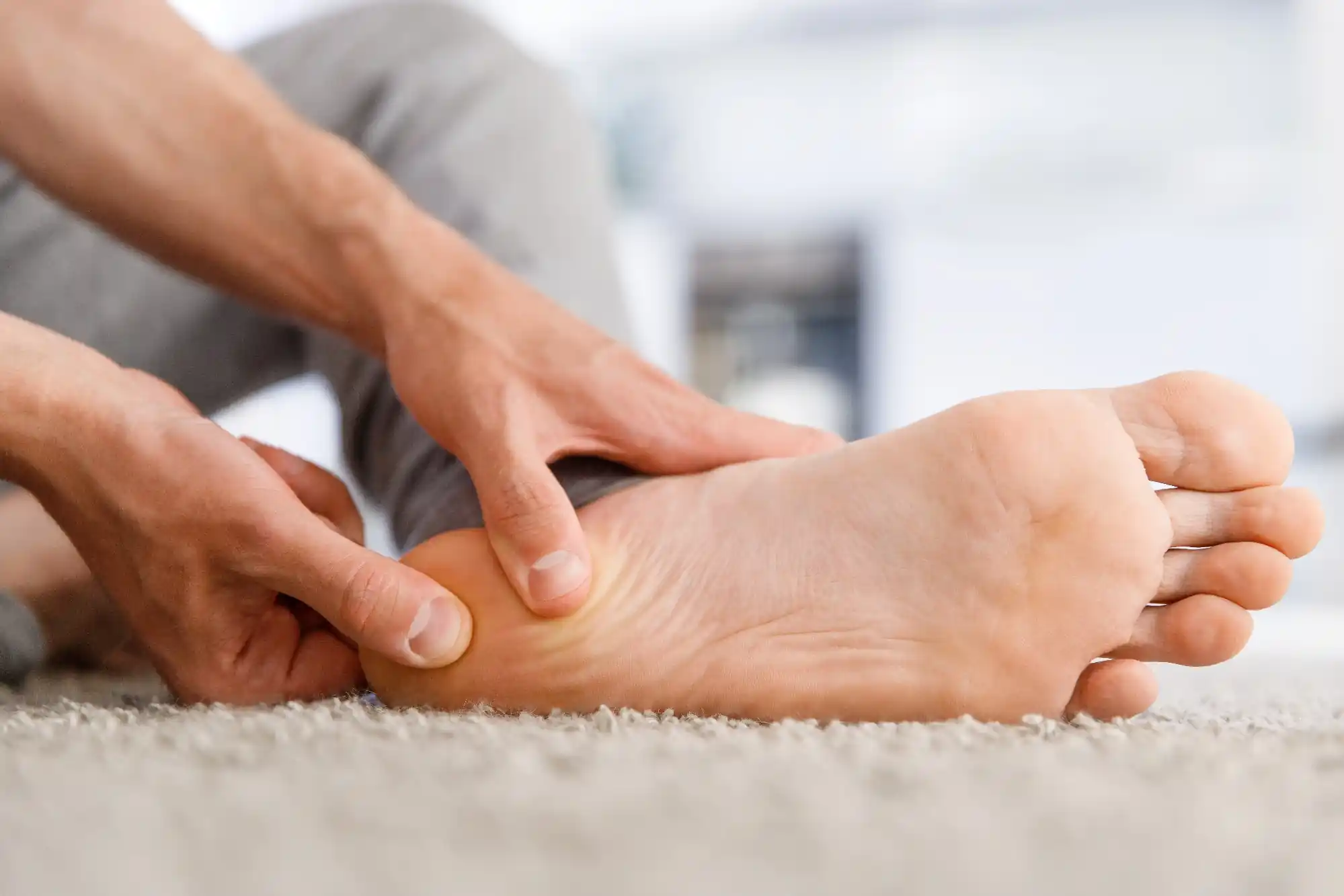
Heel & Arch Injuries
Heel and arch injuries encompass a range of conditions such as stress fractures, Achilles tendonitis, ligament sprains, and more, affecting the stability and function of the foot.
Our specialists at Martin Foot and Ankle provide individualized treatment plans for heel and arch injuries, incorporating rest, ice, compression, elevation (RICE), physical therapy, bracing, and if necessary, minimally invasive procedures to promote healing and prevent long-term complications.
By addressing these injuries promptly and effectively, we aim to facilitate recovery and restore optimal foot function.
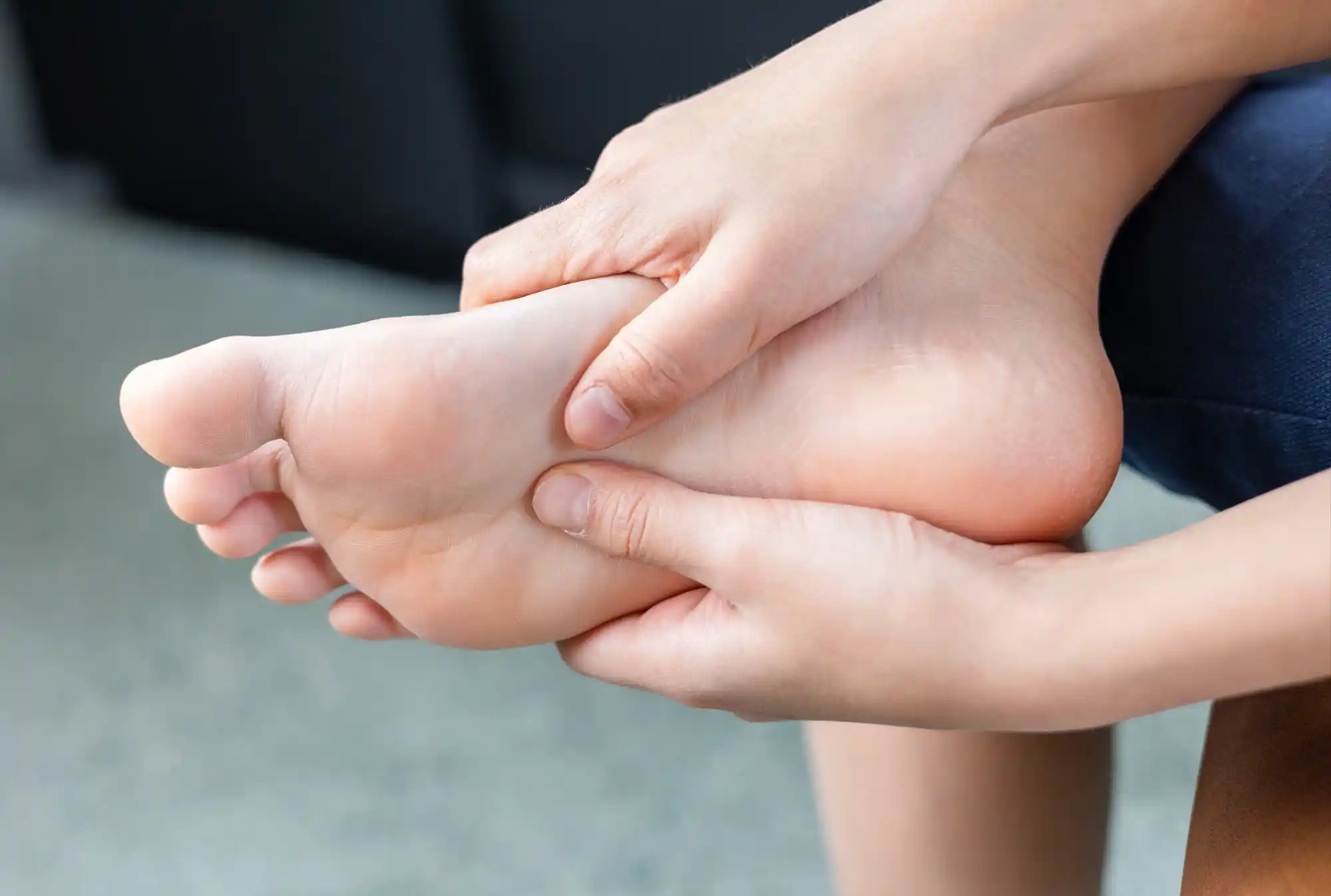
Posterior Tibial Tendon Dysfunction
Posterior tibial tendon dysfunction (PTTD) is a progressive condition where the tendon supporting the arch becomes weakened or damaged, leading to flatfoot deformity and pain.
At Martin Foot and Ankle, our approach to PTTD involves conservative measures like orthotic devices, physical therapy, immobilization, and in advanced cases, surgical reconstruction to restore proper alignment and function of the foot.
By addressing the underlying tendon dysfunction, we aim to alleviate pain, improve stability, and prevent further structural changes associated with PTTD.
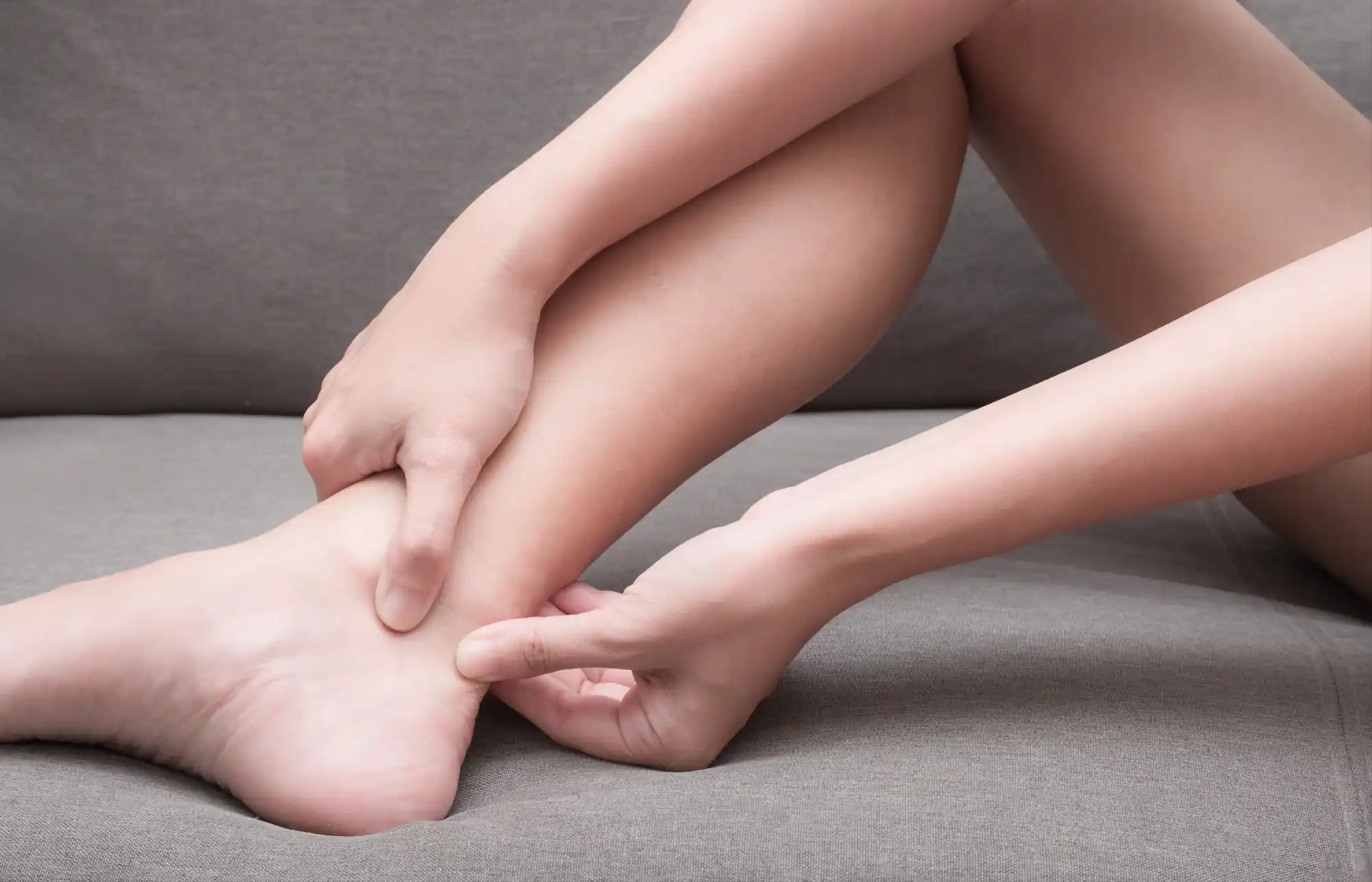
Sports Injuries
Sports injuries to the heel and arch can result from activities causing sudden impact, excessive stress, or repetitive motion, leading to conditions like stress fractures, tendonitis, and ligament sprains.
Our sports medicine team at Martin Foot and Ankle specializes in diagnosing and treating sports-related heel and arch injuries using a combination of conservative measures, physical therapy, regenerative treatments, and surgical interventions when necessary.
By providing personalized care tailored to athletes' specific needs, we aim to facilitate recovery, restore foot function, and optimize performance in sports.
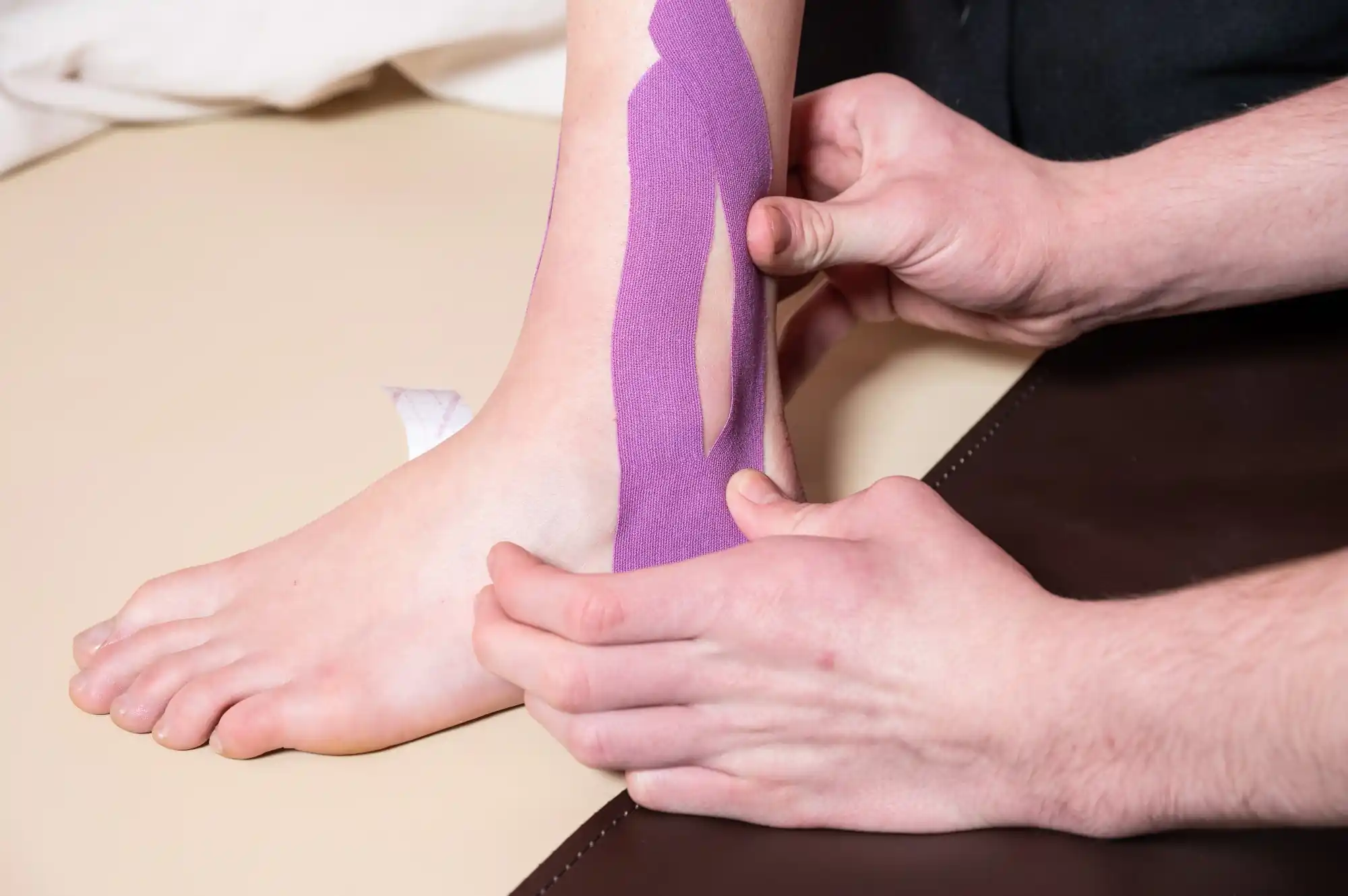
Pediatrics
Pediatric heel and arch care at Martin Foot and Ankle focuses on addressing foot conditions and injuries unique to children's developing feet.
Our pediatric podiatrists offer specialized care for pediatric heel and arch issues, including flat feet, Sever's disease, plantar fasciitis, and sports-related injuries. With a focus on gentle and effective treatments tailored to children's needs, we prioritize early intervention, conservative management, and if required, surgical correction to ensure healthy foot development and function in pediatric patients.
Trust our experienced team to provide compassionate care for your child's heel and arch health needs.

Frequently Asked Questions
What are the most common foot & heel pain causes?
The most common causes of foot and heel pain include plantar fasciitis, Achilles tendinitis, heel spurs, stress fractures, and arthritis.
What are the common symptoms of plantar fasciitis?
Plantar fasciitis typically presents with sharp heel pain, especially with the first steps in the morning or after prolonged periods of rest. Other symptoms may include pain that improves with activity but worsens with prolonged standing, as well as tenderness along the bottom of the foot. Our specialists can diagnose and treat plantar fasciitis effectively to help alleviate your symptoms.
How do I know if I have flat feet or fallen arches?
If you experience pain or fatigue in your feet, notice an apparent lack of arch when standing, or have difficulty fitting into certain types of footwear comfortably, you may have flat feet. Consult with our podiatrists at Martin Foot and Ankle for a comprehensive evaluation and personalized treatment plan to address your specific foot condition.
How can I get started with an expert heel pain specialist near me?
The team at Martin Foot and Ankle is dedicated to providing you with the best possible care. To get started, simply request an appointment online at your nearest location, or reach out to us at (717) 757-3537.